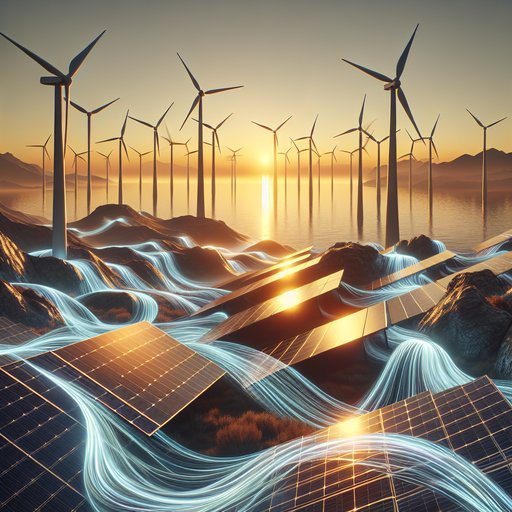
Across many countries, households are being asked to do something historically unusual: rewire everyday comfort and convenience around electricity. Heat pumps promise efficient heating and cooling, solar panels can turn rooftops into power plants, and government incentives are widely advertised to make it all affordable. Yet adoption remains uneven and, in some places, contentious. Homeowners weigh upfront costs, confusing paperwork, aesthetic concerns, and fears about reliability—often while managing busy lives and tight budgets. Understanding these friction points is essential to accelerating a fair, durable, and cost‑effective energy transition that aligns climate goals with real‑world home decisions.

On the far rim of our spiral, where starlight thins and everything rattles with cold, a salvage crew hooks a black ring that does not orbit anything. In its seams, they find a way into a civilization that stitched itself from galaxy to galaxy and then stepped away. What they carry out cannot be sold, and what it asks of them cannot be shared.

A decade ago the diesel pump handle felt like a hinge to the future; now it sits beside chargers humming with their own promise. The decline of diesel engines in personal transportation has not been a sudden collapse but a steady narrowing of options, a recalibration of values at the intersection of policy, engineering, and habit. The soundscape of the road has changed, and with it the rituals of driving. This is not a eulogy and not an indictment. It is a look in the rearview mirror while the lane ahead fills with new markings, new rules, and a different kind of power.

By the time the street wakes, the work has already begun. New solar skins go up before the day turns harsh, offshore towers pivot to meet a shifting sea, and a rig in the desert listens to the earth’s pulse. Breakthroughs in solar, wind, and geothermal now arrive not as distant promises but as systems finding their rhythm under real weather, real budgets, and real scrutiny. What’s changing isn’t just the technology—the chemistry in a thin film, the diameter of a rotor, the geometry of a fracture—but the choreography among them. The new grid doesn’t wait for one miracle; it stitches together many smaller ones, letting electrons flow from glass and gale and granite with less friction than yesterday. And across rooftops, harbors, and scrubland, you can feel the shape of that future settling into place.



































































